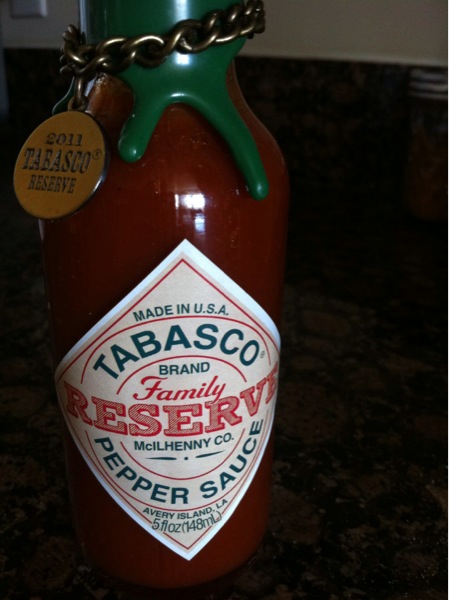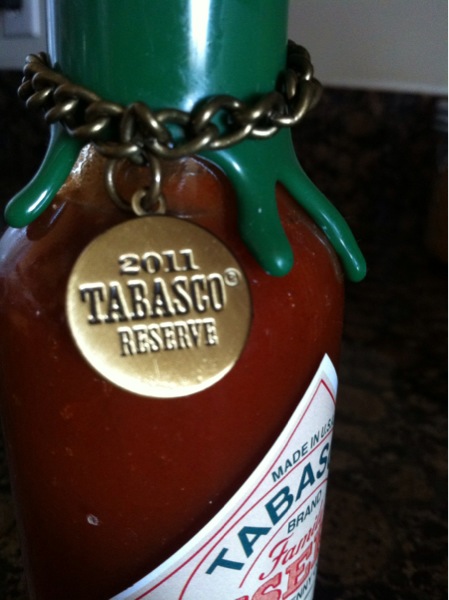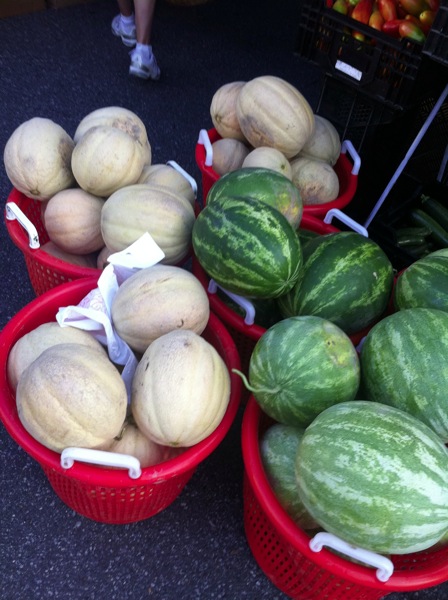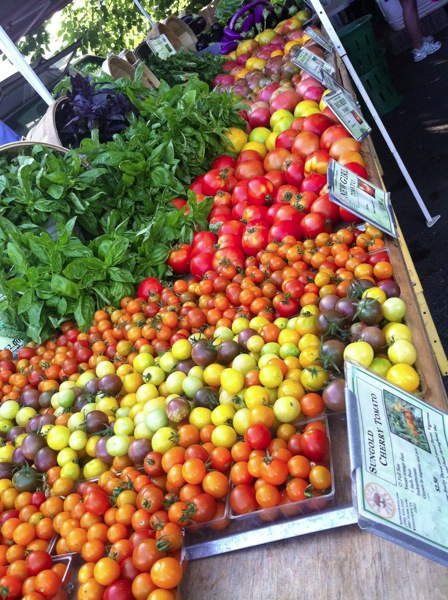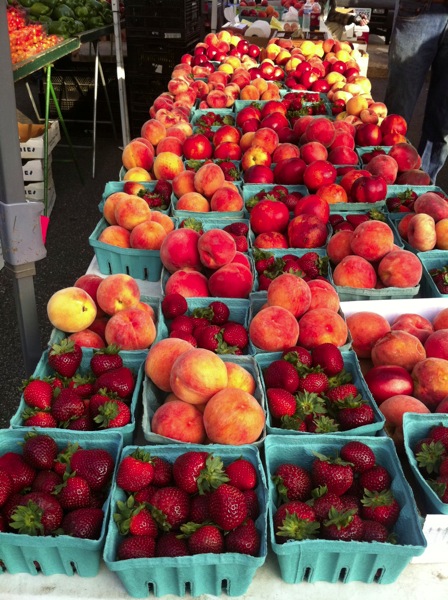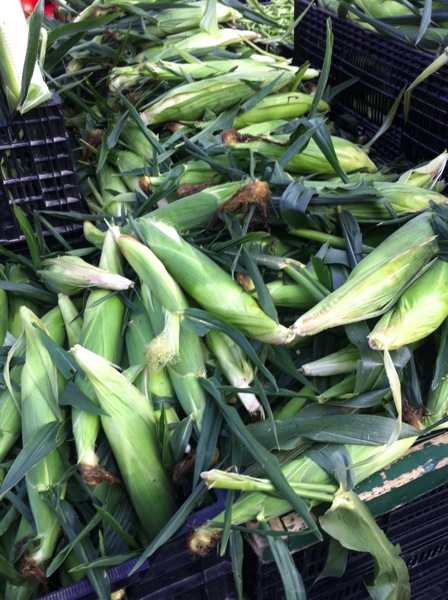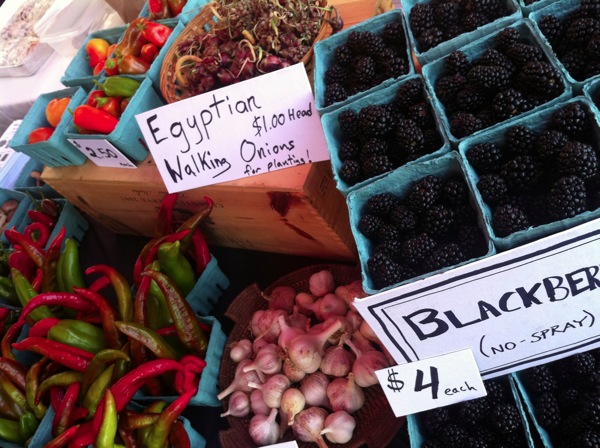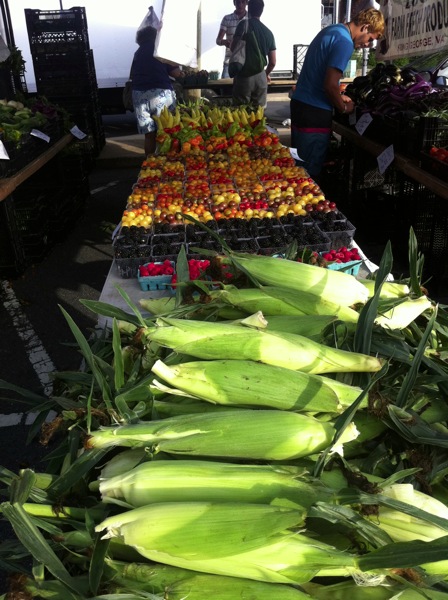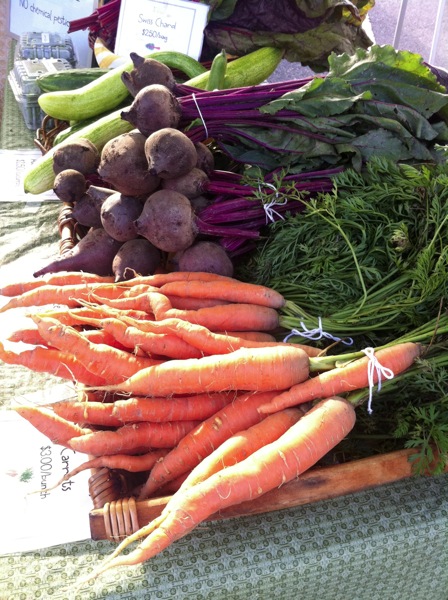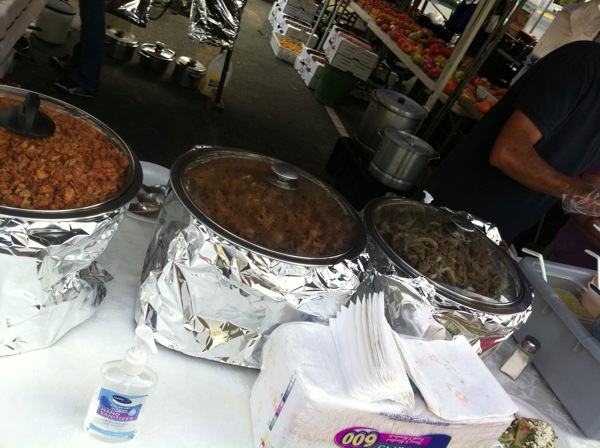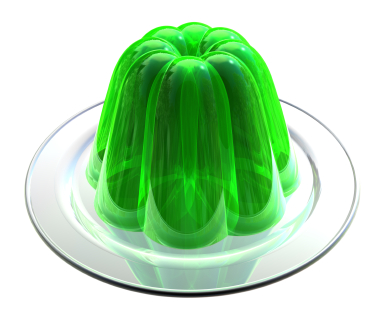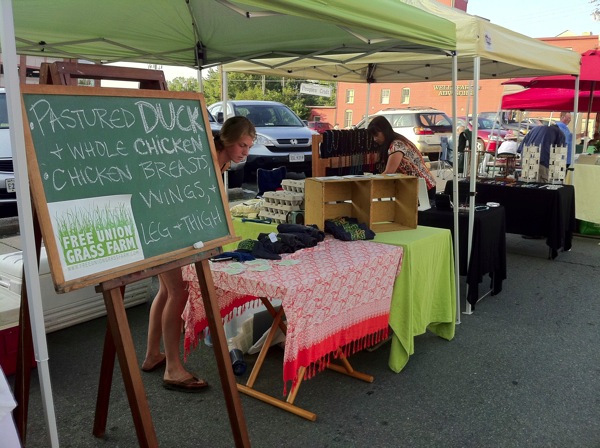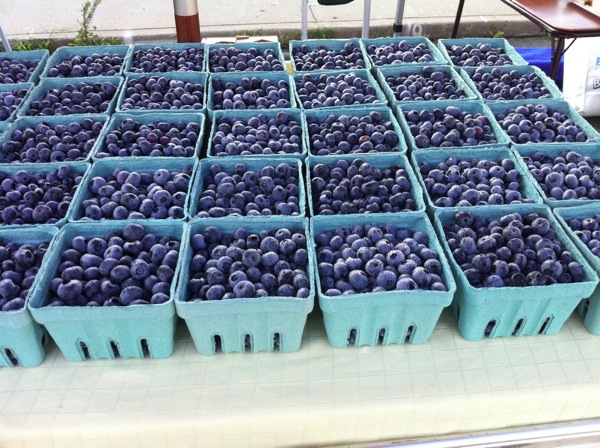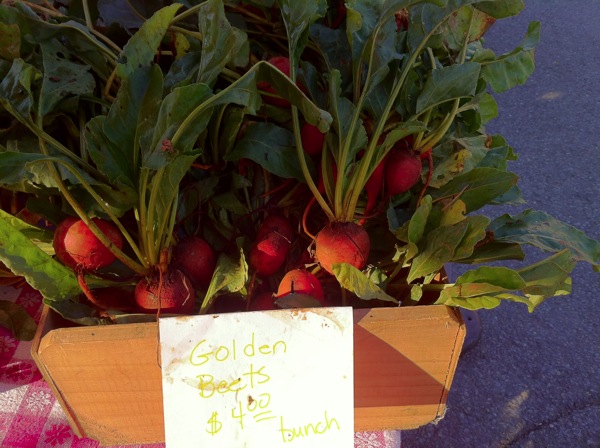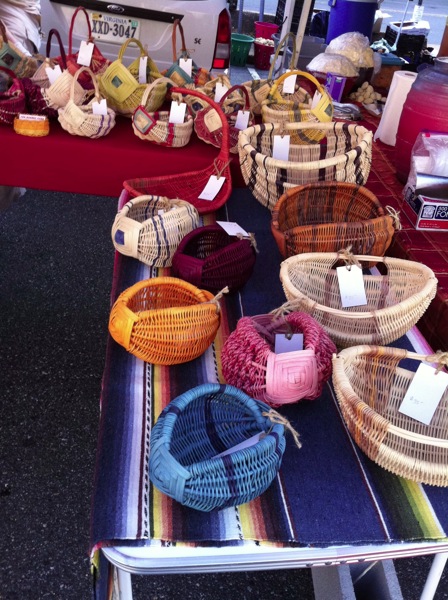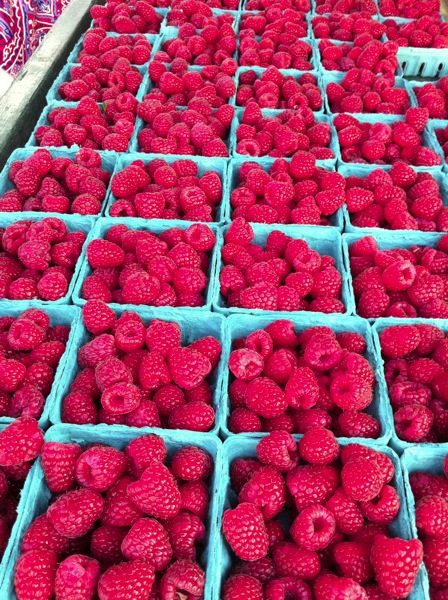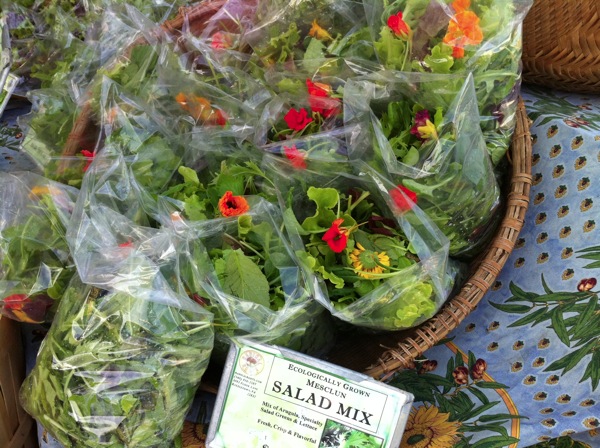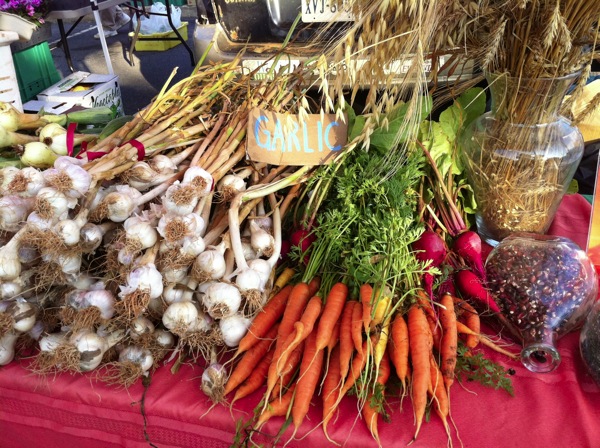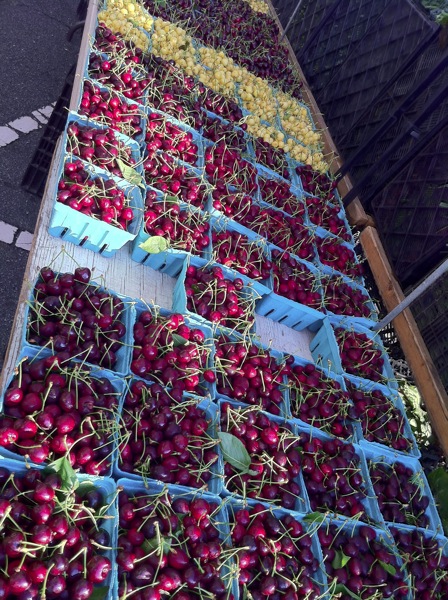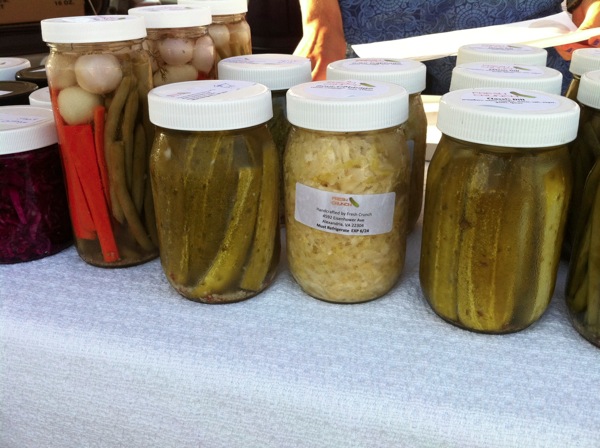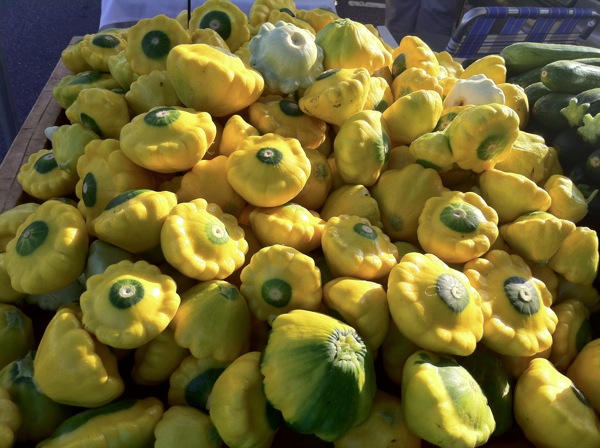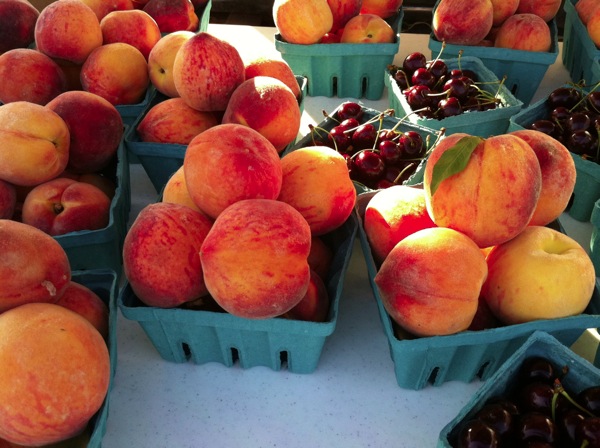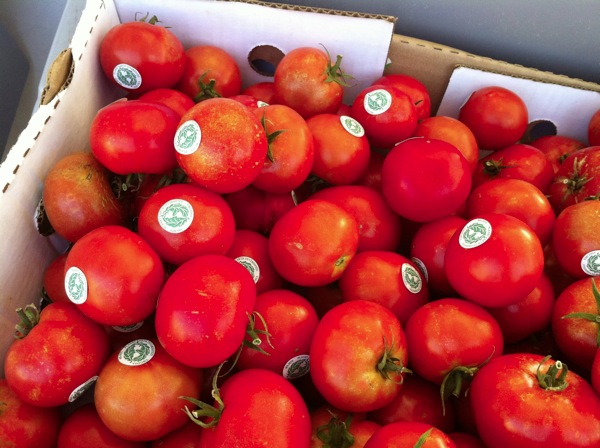Toffee Troubles
What sorts of things can go wrong with toffee making? Will humidity doom a toffee to failure, or could there be something more sinister at work?
My Twitter friend Jennifer asks:
Candy is a delicate creature, unfit to survive creation out of captivity. Only with constant attention, experience, care, and the proper environment will it make it from its early ingredients stage to the confection we all know and love. Candy made for the holidays is even worse, because chances are you only make it once per year. I mean, you may make hundreds of batches at that one time per year, but it'll still be twelve months until your next attempt, so the skills fade.
Okay, I exaggerate. Yes, candy making requires experience and knowledge, but it only seems mysterious because you're trying to make something that, candy lovers claim, tastes so much better than anything else. And toffee, being one of the tastiest of candies, requires a bit more knowledge to ensure it works.
The short answer is "yes," humidity will absolutely affect candy making. I don't believe, however, that humidity was the problem with your toffee. Humidity is more likely to affect the texture of the toffee, taking away the crunch and making it limp or saucy. Also, unless you're adding an acid or some fructose, you're not likely to absorb all that much water.
The general goal with most candies is to create a sugar dissolved in a specific amount of water, with perhaps some other things thrown in for flavor or texture. Candy makers, being extremely clever, have come up with a couple of somewhat indirect ways of determining the ratio of sugar to water. The traditional way is to cause the candy to cool rapidly and see how it behaves, generally in water but I've also seen someone* just flick some at a plate and see what kind of strands it makes. The new fashioned way is to take its temperature.
As you've made this toffee before, it's not likely that temperature is the problem you're having, so I will not go into detail on the various stages of candy making. Yes, I know: it's brilliant how many things are probably not wrong with the toffee, but perhaps I could get to the point? Working on it.
When you have a high enough concentration of sugar in heated water, the sugar is going to want to get together and form crystals. Sometimes this is good, such as with rock candy or fudge. Sometimes this is bad, such as with hard candy or toffee. One method of preventing the crystals in toffee is to mix in a bunch of butter, which is great, but it presents potential problems that frustrate the toffee maker.
Problem one is that butter is a combination of water and oil, which means that you are increasing the water content of the mixture, and some butters will have different oil to water ratios. The water content shouldn't be a problem in and of itself, as you can't reach the right temperature of the solution without getting rid of the appropriate amount of water. On the other hand, if you use a butter with a different amount of water, then you are also using a butter with a different amount of oil, which will certainly throw things off. It's worth mentioning that if you usually use salted butter and used unsalted this time, or vice versa, that could cause the problem as well. So, if you might have changed brands of butter, this could be a cause of trouble.
Problem two is temperature. I know, I know, I wrote that I didn't think that the problem was temperature. I even put it in bold. More specifically, problem two is temperature measurement. Getting to the right temperature ensures that you have the appropriate amount of water in the solution, but it's possible that you might not be getting to the right temperature. If you are using a thermometer instead of the traditional methods, then you need to verify that the thermometer is accurate. To do this, put the thermometer into ice water and see if it reads 32°F / 0°C. Also, put it into boiling water and verify that it reads 212°F / 100°C. If it does, you're probably good. If not, you might not really be getting to the proper temperature, which could be trouble. Unless you're not at sea level, in which case verify what the proper temperature should be for your elevation.
Problem three is heat dissipation. It is vital that the sugar/butter/water solution be heated evenly. This means using a strong but temperature-neutral spoon. Wood is traditional, but I'm sure a serious silicone spoon will be fine. Also, it's recommended to use a burner that's larger than your cooking vessel, to ensure that the sides of the pan do not cool the mixture while the bottom is heating it. Heat imbalances kill candy.
Problem four is agitation. Yes, candy-making can really drive you nuts, but that's not what I mean. I'm talking about stirring. Stir slowly. Add ingredients slowly. If you dump a bunch of almonds into the mixture rather than pouring the toffee over the almonds just before the cooling stage, then be gentle with the mixing. Slowly. No, more slowly than that.
I've heard that adding a bit of salt will make life easier, and I've also heard that adding a bit more water may do the same. The success of these solutions (no pun intended) will depend on the particular toffee recipe you're trying, but are at best risk mitigation. If you have an otherwise good toffee recipe, which I believe you do, then they shouldn't be necessary.
Why is toffee such a pain, even more so than other candies? It's because toffee is a candy that is also a sauce. It's very similar to an article I wrote last month about the troubles with Alfredo Sauce. Not only do you have the whole "sugar likes to turn into a bunch of crystals" problem that plagues most candies, but you're suspending a bunch of oil in a solution of things that don't really play well with oil. You're expecting the sugar, which is temperamental at best, to keep oil from mixing with water, and we all know how well that's supposed to work out. But treat it with care, and everything should work out okay. If not, let me know and we can work on the other, less likely scenarios.
For those who don't have their own toffee recipe, or if you just want to try a new one, here is a toffee recipe that covers the advice that I mentioned plus a few other items that I didn't.
*- Sue Ashburn, creator of the greatest toffee in existence.
This post was originally hosted at FineCooking.com on Januray 8, 2009. This content is not available under a Creative Commons License.







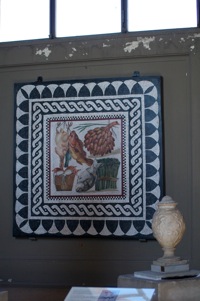 I just got back from a couple of weeks in Italy. Yes, I know you feel bad for me, having to spend literally weeks in Italy, but I assure you that I soldiered through it bravely. As a food writer in Italy, there are plenty of thoughts and conversations about how good the food is. The interesting thing is, though, that it's not that you'll necessarily have the best meal of your life in Italy. I mean, you might, there is certainly the possibility, but the greatest food in Italy is not necessarily going to be better than the greatest food in the US, France, or Japan, for example.
I just got back from a couple of weeks in Italy. Yes, I know you feel bad for me, having to spend literally weeks in Italy, but I assure you that I soldiered through it bravely. As a food writer in Italy, there are plenty of thoughts and conversations about how good the food is. The interesting thing is, though, that it's not that you'll necessarily have the best meal of your life in Italy. I mean, you might, there is certainly the possibility, but the greatest food in Italy is not necessarily going to be better than the greatest food in the US, France, or Japan, for example. 















